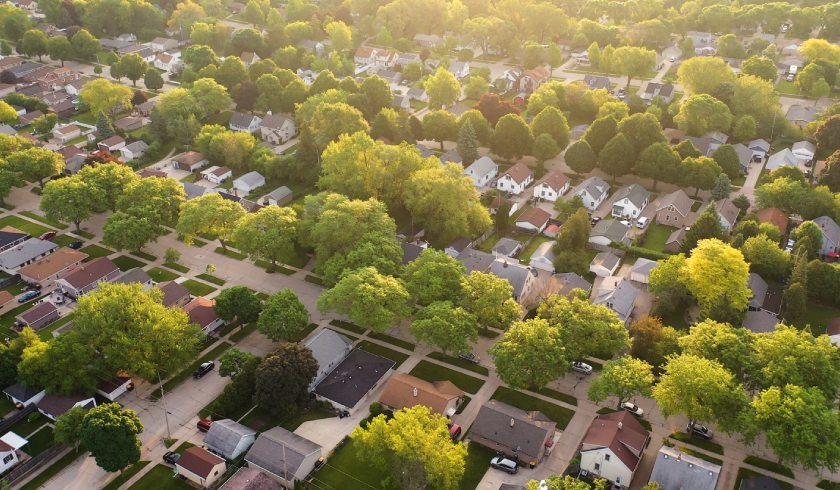5 steps to estimate your property’s value
If you’re considering selling a property, an integral factor that might sway your decision is your home’s potential sale price.

It might be tempting to look around at neighbours’ recent sales to gauge your property’s worth. And while that’s an essential piece of information to add to the puzzle, it’s not the whole picture, and you shouldn’t stop there.
PRD recently set out five key facets you should assess when trying to estimate the market value of your home.
1. Location
This might seem like an obvious element, but the appraisers over at PRD say that many people don’t have a full understanding of what “location” means as a selling point.
It encompasses the surrounding community, amenities, how close you are to necessities, how convenient your property might be considered, and finally, the geography of the area.
“Understanding how far the property is from public transport, schools, shopping centres and sporting grounds can significantly affect certain buyers’ perspectives,” PRD’s experts noted.
But beyond the attractive qualities of your local area, sellers should also be aware that much closer to home, nearby properties will play a part.
“From suburb to street, your neighbours affect the perception of your property. You may keep your property well maintained, alas, if the remainder of the street is unkempt you may need to adjust your figures accordingly,” PRD said.
2. Age
“Good property is like fine wine,” PRD’s property professionals opined.
An older property with sturdy bones that’s in good condition will always be an attractive offer. But note that condition is not just the state in which you keep your home; it’s the materials used to create the building.
That being said, a brand-new house will naturally catch the eye as it adheres to the current design era.
But when it comes to new builds, the same can be said for the fundamentals of the home: how well it’s constructed.
Clear repairs needed on a property that’s only a few years old will raise alarm bells for many.
PRD has updated the old adage to advise: “Sticks and stones may damage your walls, but a sturdy foundation will hold its value.”
3. A house isn’t a home
The layout of your property and its livability plays a hugely important role in whether people can picture themselves residing there when they walk in the door – or whether investors can see its potential to be inviting to potential renters.
“Layout and features are an aspect of home owning every buyer will consider. The bedroom, bathroom, and car space concepts are a strong start for your evaluation,” PRD noted.
Comparing your property to a recently sold house with the same assets will assist in achieving an accurate market value.
4. Look around you
While you can’t base everything off how much your neighbours made on their place, it is an important metric when considering what your property is worth.
“First compare with properties like your own. This forms your baseline. A baseline enables a realistic starting point,” PRD advised.
“Next, take your baseline and use the location, layout, age, condition, and additional features to create a modified and more proficient evaluation.”
They stress to take a realistic approach when comparing your property to others and to bear in mind that prices are ultimately swayed by a host of factors, not least of all personal preference of the buyer on the day.
“It should be understood that housing prices are subjective, within reason. A family may prefer one house over another as there is a desired feature or environment to the property,” PRD noted.
5. Run the numbers
“For a more accurate baseline to achieve the precise value of your property, increase the number of properties you compare and run them through an average price per square metre process,” PRD recommended.
To do this, take the sale price for comparative properties and divide each one by the provided square meterage. Next, find the average, and then multiply that average by the square meterage of your property.
This process allows you to create a baseline that avoids human error by taking a mathematical approach.
